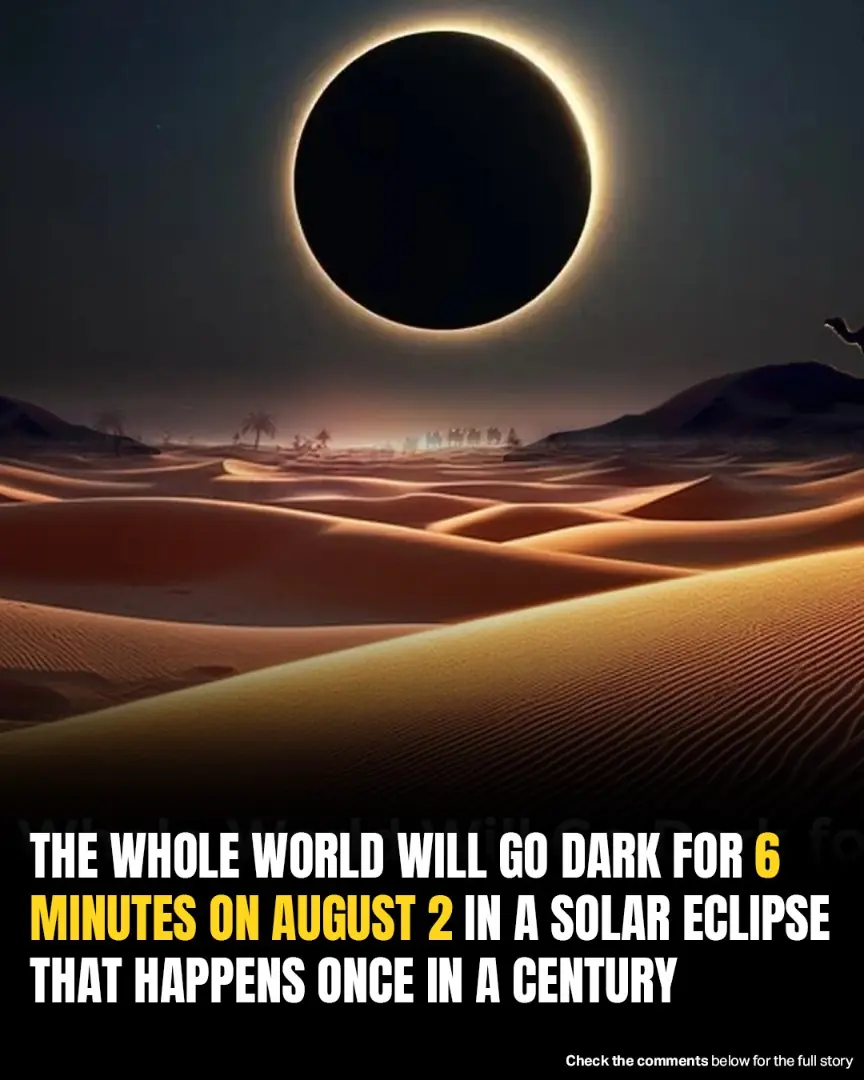
Mammoth structures discovered beneath Africa could be 'ancient planet' 4,500,000,000 years old

Mysterious, massive structures hidden deep beneath the Earth’s surface in Africa have sparked a bold and fascinating theory: they may be remnants of an ancient planet that collided with Earth around 4.5 billion years ago.
These enigmatic formations—described as giant “blobs”—were discovered beneath the African continent and the Pacific Ocean. Scientists believe these blobs are so vast that the one under Africa alone measures an astonishing 497 miles tall, which is equivalent to stacking 90 Mount Everests on top of each other. According to a report by IFL Science, these blobs collectively occupy about 6% of Earth’s entire volume—an extraordinary amount for something still shrouded in mystery.
Despite decades of seismic research, the true nature and origin of these structures remain unclear. Various scientific theories have been proposed to explain their existence. One of the more conventional hypotheses suggests that the blobs may be massive accumulations of oceanic crust, subducted into the Earth's mantle over billions of years.
However, a more exotic and intriguing theory has recently gained traction. This hypothesis posits that these structures are actually fragments of an ancient protoplanet, possibly Theia, that once existed in the early solar system. According to this theory, Theia collided with the early Earth in a cataclysmic impact some 4.5 billion years ago. This monumental collision not only helped form the modern Earth but also may have created the Moon from the debris ejected during the impact.
To investigate the depths of these mysterious formations, scientists have utilized a sophisticated technique known as seismic tomography. This method involves studying how energy waves generated by earthquakes travel through the Earth's interior. Since different materials—such as solid rock and molten magma—affect the speed and behavior of seismic waves differently, scientists can use this data to map out structures hidden deep beneath the surface.
These deep-Earth "blobs" are officially referred to as Large Low Shear Velocity Provinces (LLSVPs). Their composition and density are so different from the surrounding mantle that they distort seismic waves passing through them. Some researchers believe that these LLSVPs could be chemically distinct from Earth’s mantle, possibly pointing to an extraterrestrial origin.
The Theia hypothesis, also known as the giant-impact hypothesis, offers a compelling narrative not only for the Moon’s creation but also for the early shaping of Earth’s geological and orbital properties. Samples of lunar rock, brought back by the Apollo missions, show striking isotopic similarities to Earth rocks—particularly in oxygen isotopes—strongly suggesting a shared origin.
Furthermore, the unusual tilt of Earth’s axis and the high angular momentum of the Earth-Moon system both support the idea of a massive ancient impact. Advanced computer simulations have backed this theory, showing how such a collision could eject enough material to coalesce into the Moon while leaving behind remnants embedded deep within Earth’s mantle.
If these buried structures do indeed originate from a foreign planetary body, it challenges long-held assumptions about the formation of our world. It also suggests that our planet holds deep, ancient secrets, still waiting to be unearthed—literally.
This discovery reminds us that, while humanity continues to explore the far reaches of space, some of the greatest cosmic mysteries might lie beneath our very feet. As technology and research methods continue to evolve, the deep Earth may prove to be just as fascinating as the stars above.
News in the same category


Brain Teaser: Can you identify the error in this family’s dining room photo in under 15 seconds?
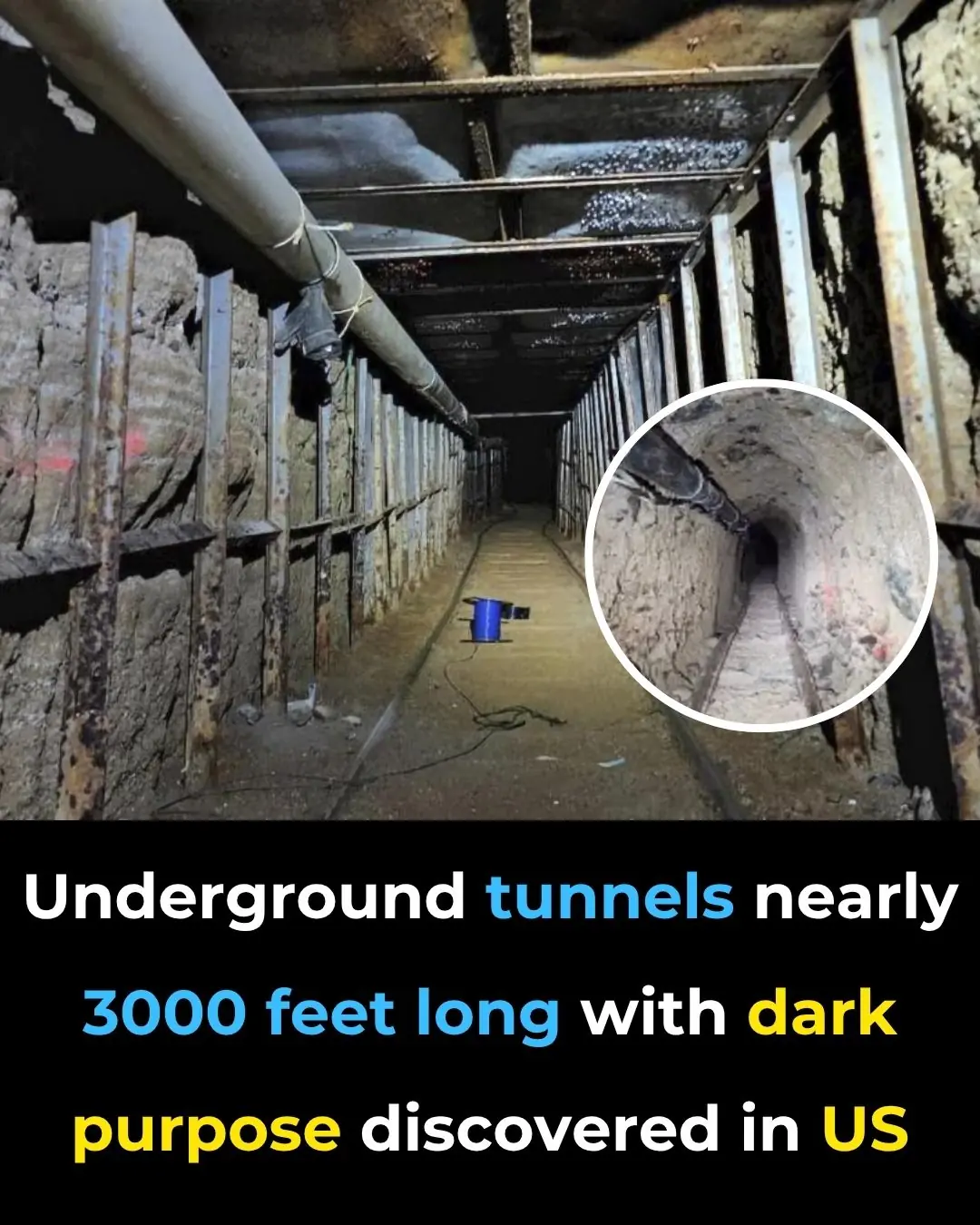
Authorities Discover 1,600‑Foot Drug Tunnel Under Us–Mexico Border With Lighting And Rail System

Bill Gates Says Only 3 Jobs Are Safe From AI — Are You In One Of Them?

Here’s What It Really Means When A Man Turns His Back In Bed

If You See A Man With One Painted Fingernail, Here’s What It Means

This house looked like it was about to fall into itself until one family stepped in

Bill Gates reveals profession which will remain '100% human' even after AI replaces most jobs

People shocked after passenger filmed as their phone went through X-ray scanner at airport

YouTuber discovers 78-year-old woman who's been keeping her own world alive in a 'dead' game for years

If You See A Man With One Painted Fingernail, Here’s What It Means

Six Minutes Beyond Life: What I Saw After Dying And Coming Back

Hotel Warning: 3 Disturbing Signs You Should Never Ignore

Air India Crash Passenger Shared Eerie Clip Showing Total Power Failure Hours Before Tragedy

Could Psilocybin Be The Key To A Longer Life? Researchers Are Shocked

If You See A Fence Painted Purple, You Better Know What It Means – Knowing This Can Save Your Life
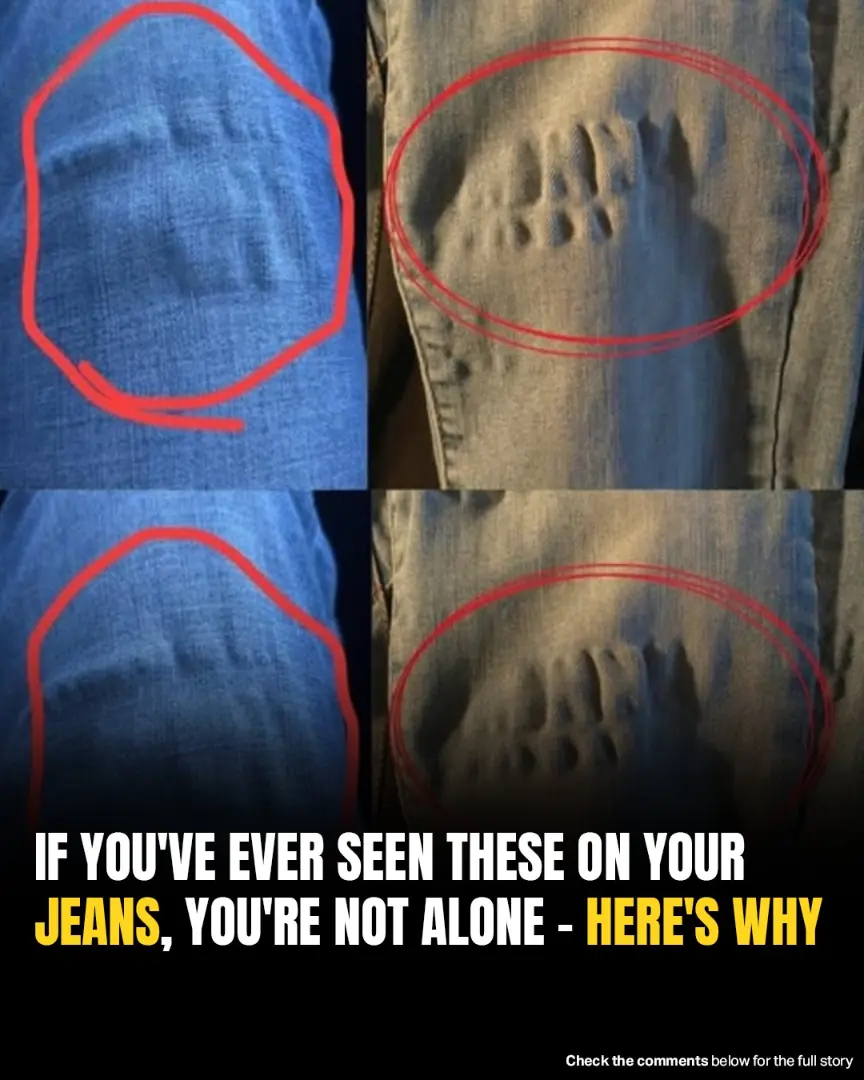
What Causes Those Strange Ripples In Your Jeans After Washing?
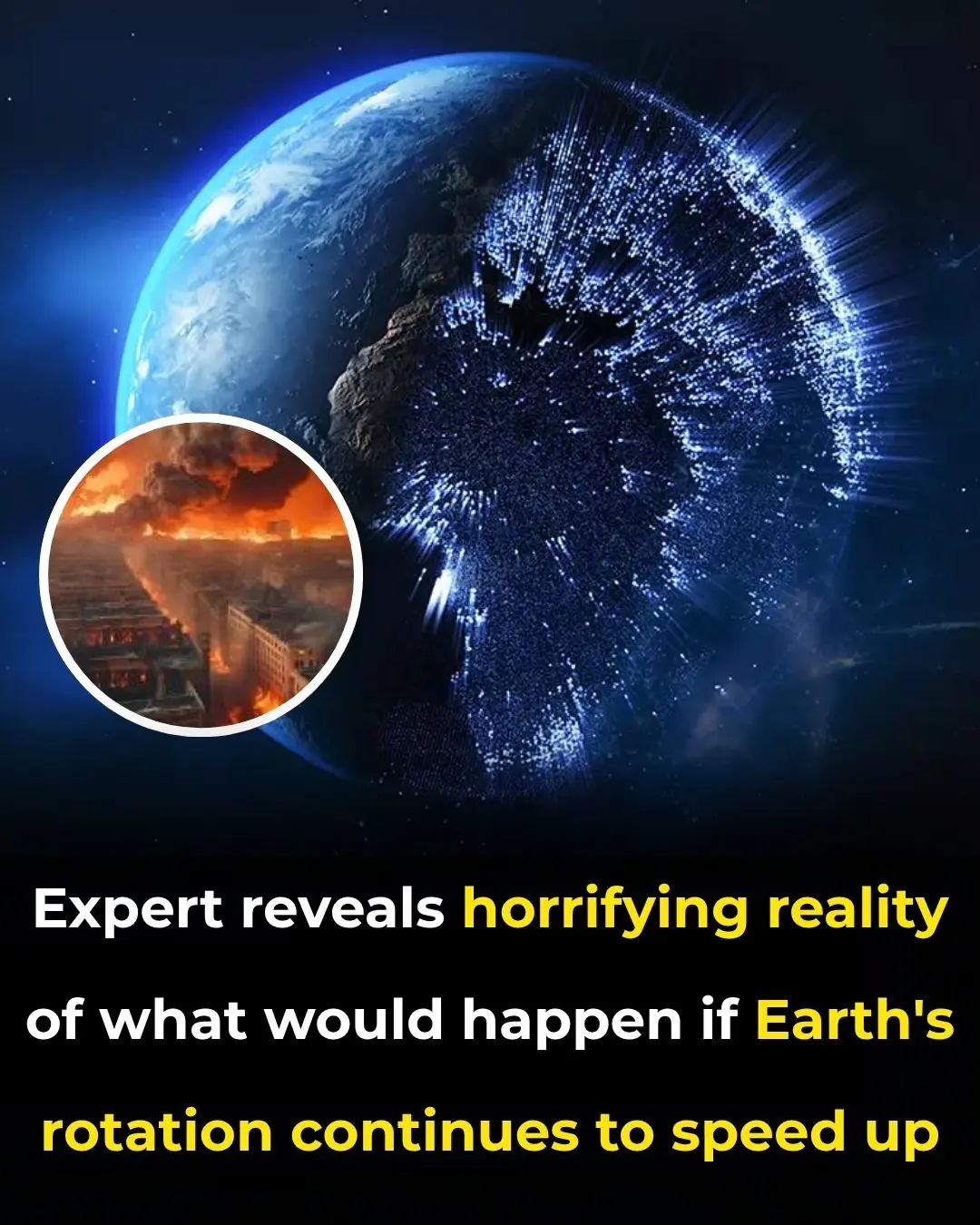
Expert reveals horrifying reality of what would happen if Earth's rotation continues to speed up
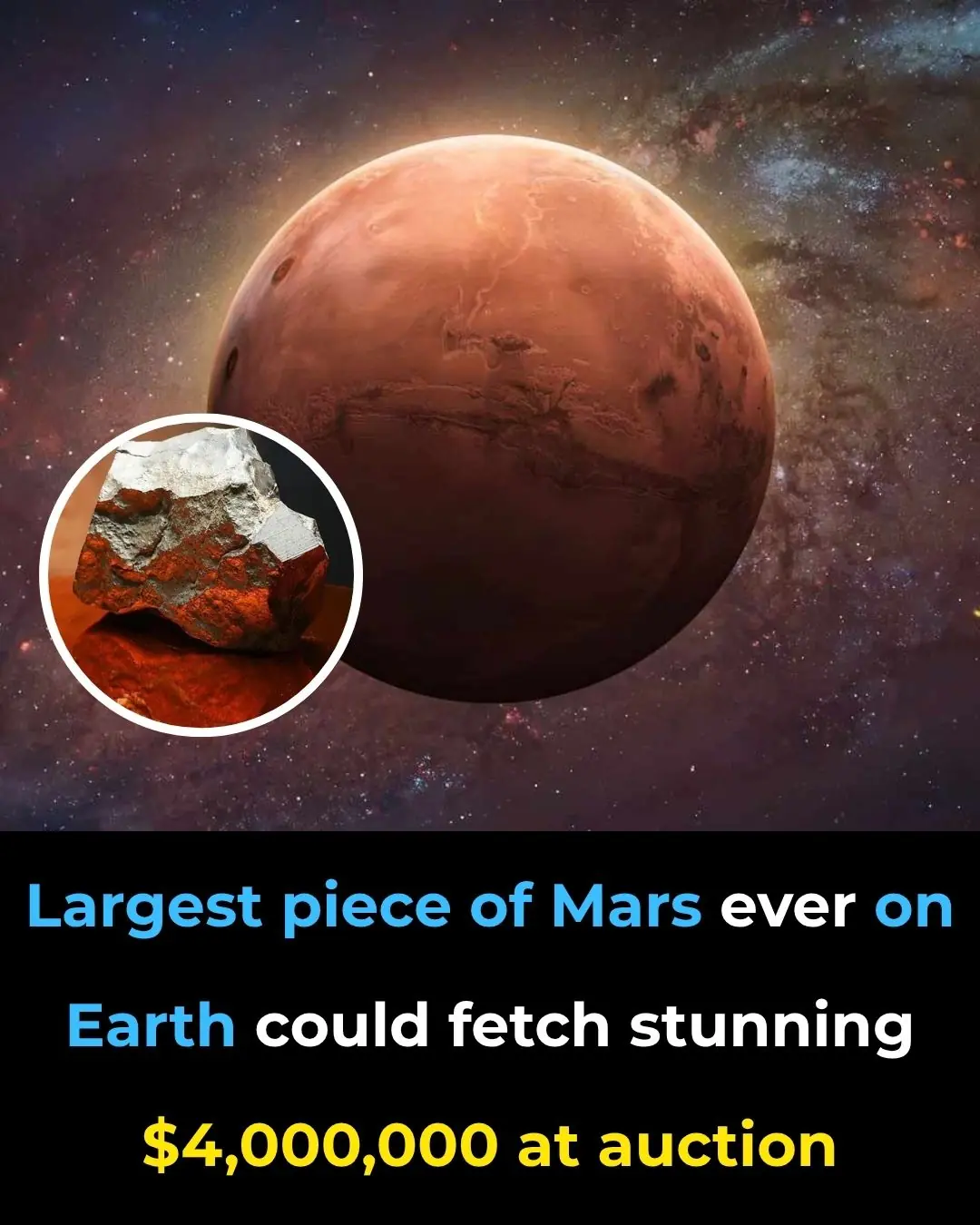
Largest piece of Mars ever on Earth could fetch stunning $4,000,000 at auction
News Post

Waking Up with Numb or Tingling Hands: What It Really Means (Science-Based)

Scientists Explain The Effects of Eating Too Much Sugar

Urgent Warning: U.S. Salmon May Be Infected with Japanese Tapeworm, Say Scientists

Earth Plunged Into Darkness For Six Minutes In Rare Event Not Seen In A Century

Brain Teaser: Can you identify the error in this family’s dining room photo in under 15 seconds?

Authorities Discover 1,600‑Foot Drug Tunnel Under Us–Mexico Border With Lighting And Rail System

Bill Gates Says Only 3 Jobs Are Safe From AI — Are You In One Of Them?

Here’s What It Really Means When A Man Turns His Back In Bed

If You See A Man With One Painted Fingernail, Here’s What It Means

This house looked like it was about to fall into itself until one family stepped in

Why Kidney Failure Is Striking The Young—And How To Stop It

Bill Gates reveals profession which will remain '100% human' even after AI replaces most jobs

People shocked after passenger filmed as their phone went through X-ray scanner at airport

YouTuber discovers 78-year-old woman who's been keeping her own world alive in a 'dead' game for years

Nurse Reveals The Spine-Chilling Truth About What Happens After We Die

If You See A Man With One Painted Fingernail, Here’s What It Means

One Month Before A Heart Attack, Your Feet Will Give You These 6 Silent Warnings

Six Minutes Beyond Life: What I Saw After Dying And Coming Back
